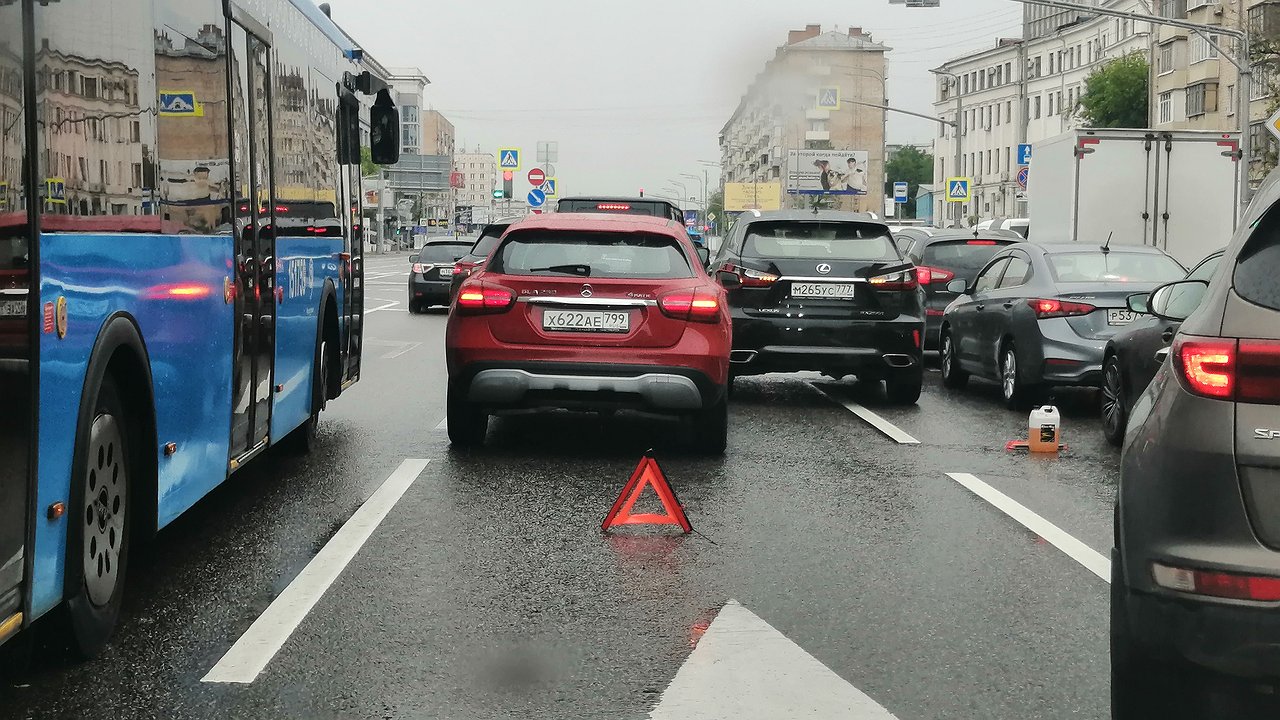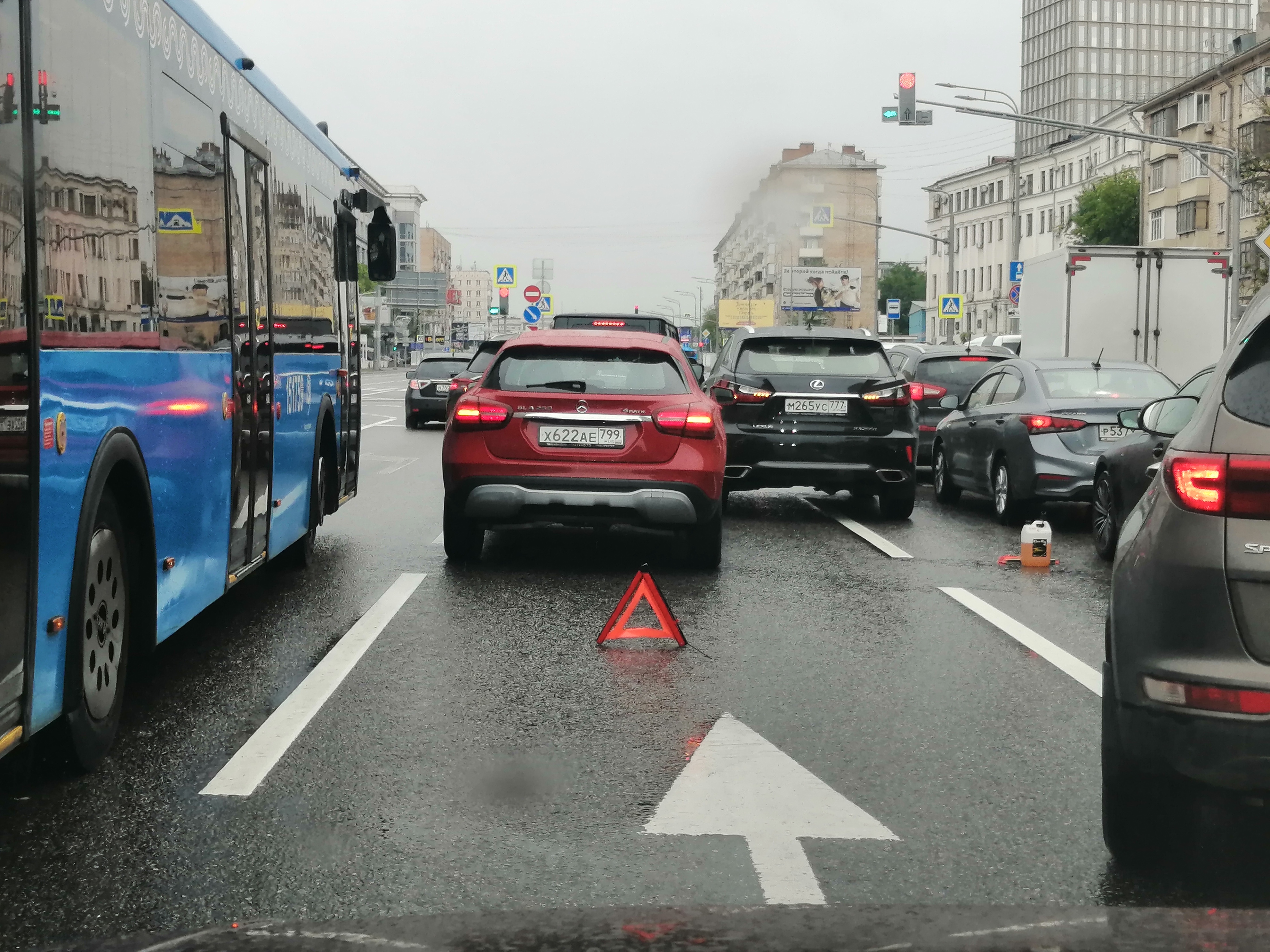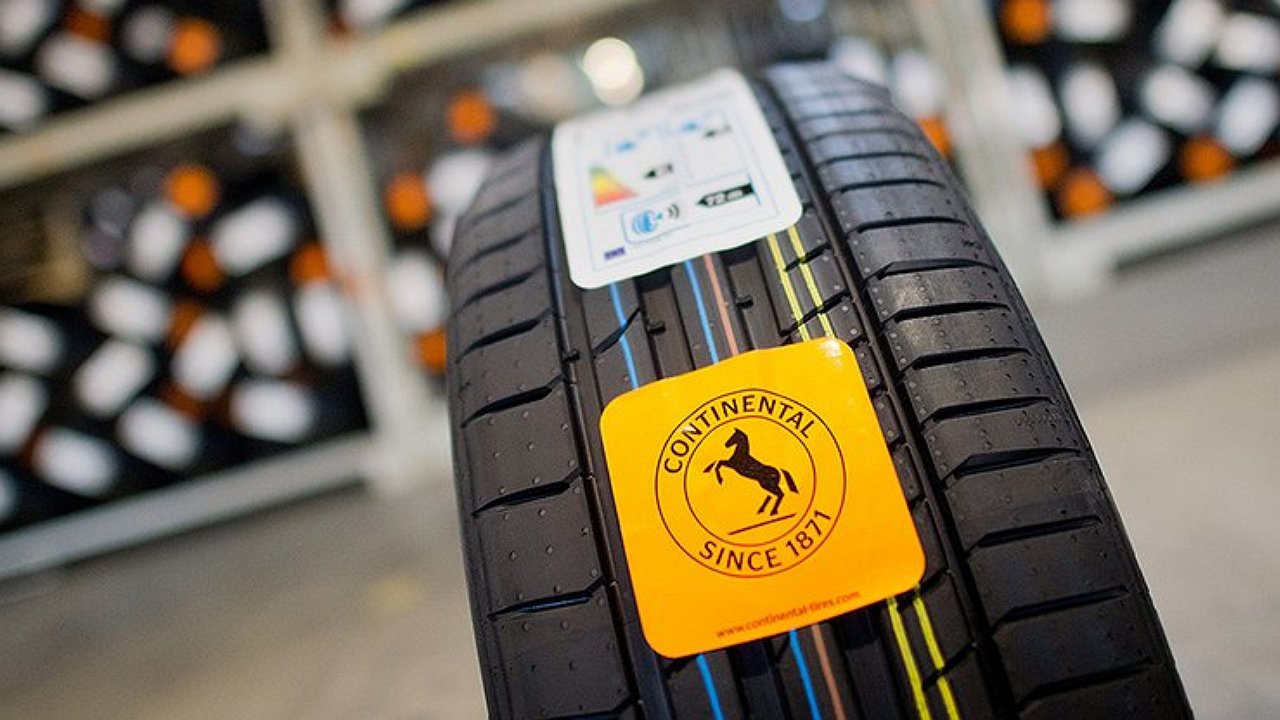Andrey Kutepov prepared two draft laws and submitted them for consideration by Deputy Prime Minister Dmitry Grigorenko. The first concerns an increase in the maximum period for the repair of an accident-related car under OSAGO from the current 30 to 45 days. Now this period is counted from the moment the car is offered for repair. For each day that the repair is delayed after the 30-day period has expired, the insurer will pay the car owner 0.5% of the amount of the compensation. And then the insurance company “tears” this fine from the car service.
Kutepov’s second bill proposes not to change the current 30-day repair period, but to exclude the time required for the delivery of spare parts. The senator wants to establish such a moratorium until December 31, 2024. He explains his novels by the fact that insurance companies cannot meet the current deadlines for car repairs under OSAGO due to existing spare parts ordering problems.
In fact, the problem of repair duration is not as acute as insurance companies try to make it out to be. In 2022, the share of cars that have been reimbursed through repair under OSAGO has fallen from 8.8% to 6.4% and will continue to fall this year.
The trend is caused by the fact that it is much more profitable for insurance companies to pay affected car owners with money, and not with repairs. After all, the amount of the monetary compensation is almost always (and significantly) reduced by the depreciation of the car. And when repairing under OSAGO, the insurer is obligated to pay the cost of fully repairing the vehicle. Therefore, in the current situation, insurance companies are trying, one way or another, to prevent customers’ cars from being sent to gas stations for repair.
As a result, in 2022, the income of insurance companies from the sale of OSAGO policies increased by 16% – from 236 billion to 273.5 billion rubles. And the amount they spent on compensation for damage to injured drivers increased by only 2% during the same period – from 153 billion to 157.3 billion rubles.














